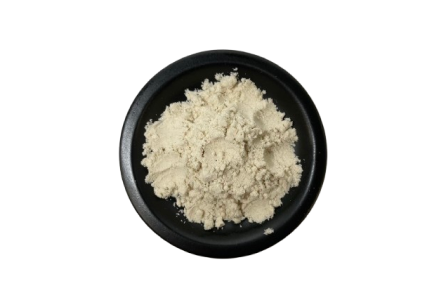About the steaming line
About steaming and drying process
It is difficult to eat grains in their raw state, but they can be eaten through heat treatment.
Steam-drying is a method in which grains are thoroughly soaked in water, heated with steam, and then dried.
The advantages of choosing “steam-drying” among the many heating methods are as follows.
Steam-drying is a method in which grains are thoroughly soaked in water, heated with steam, and then dried.
The advantages of choosing “steam-drying” among the many heating methods are as follows.
Most of the carbohydrates in grains are in the form of starch. When the temperature reaches 60°C (140°F), the starch begins to glue. During this time, enzymes within the grain break down the starch to glucose in stages, bringing out the sweetness of the grain.
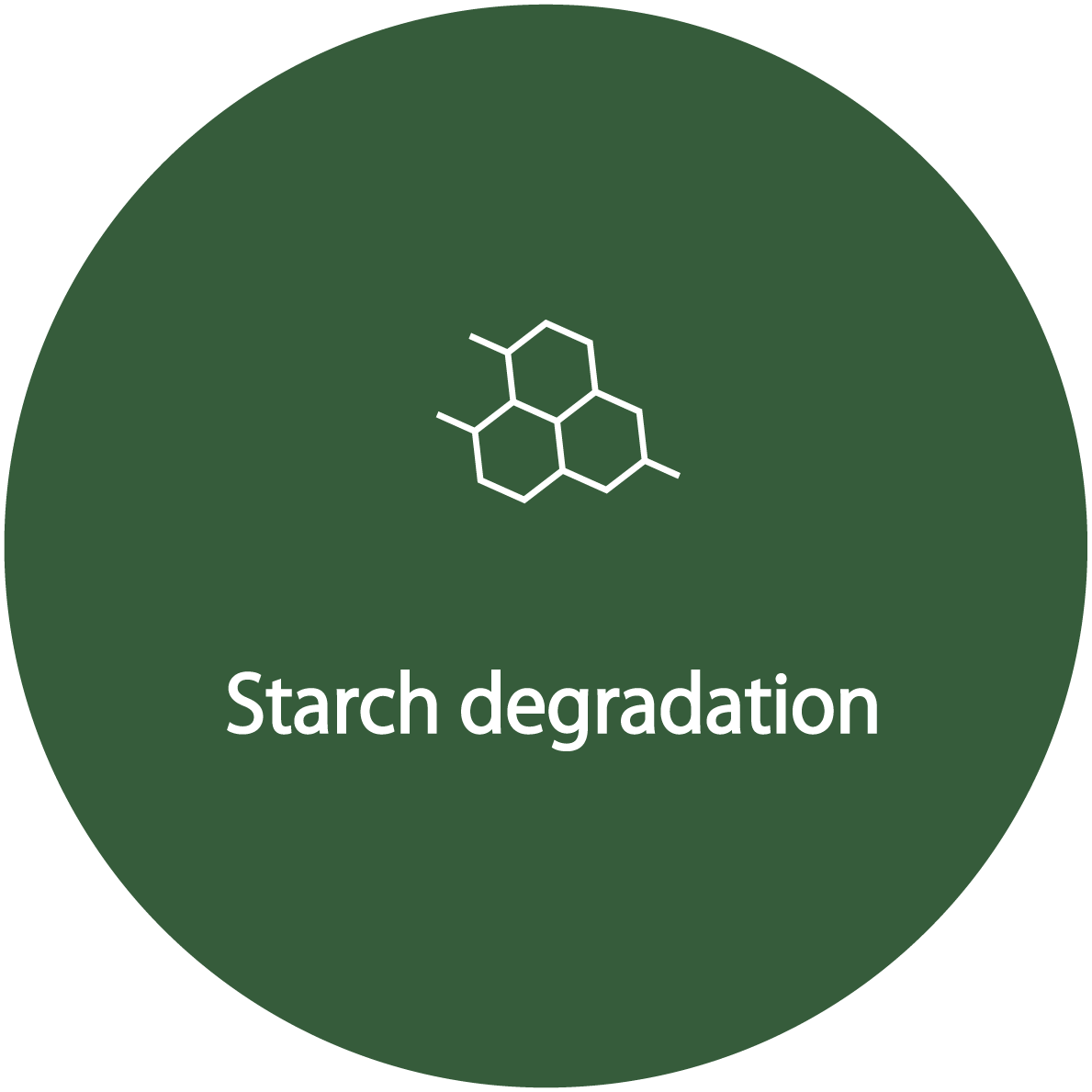
Raw rice is hard and difficult to digest, but heating it with water loosens the starch structure and makes it easier to digest. Rapid drying (water loss) prevents the starch structure from returning again.
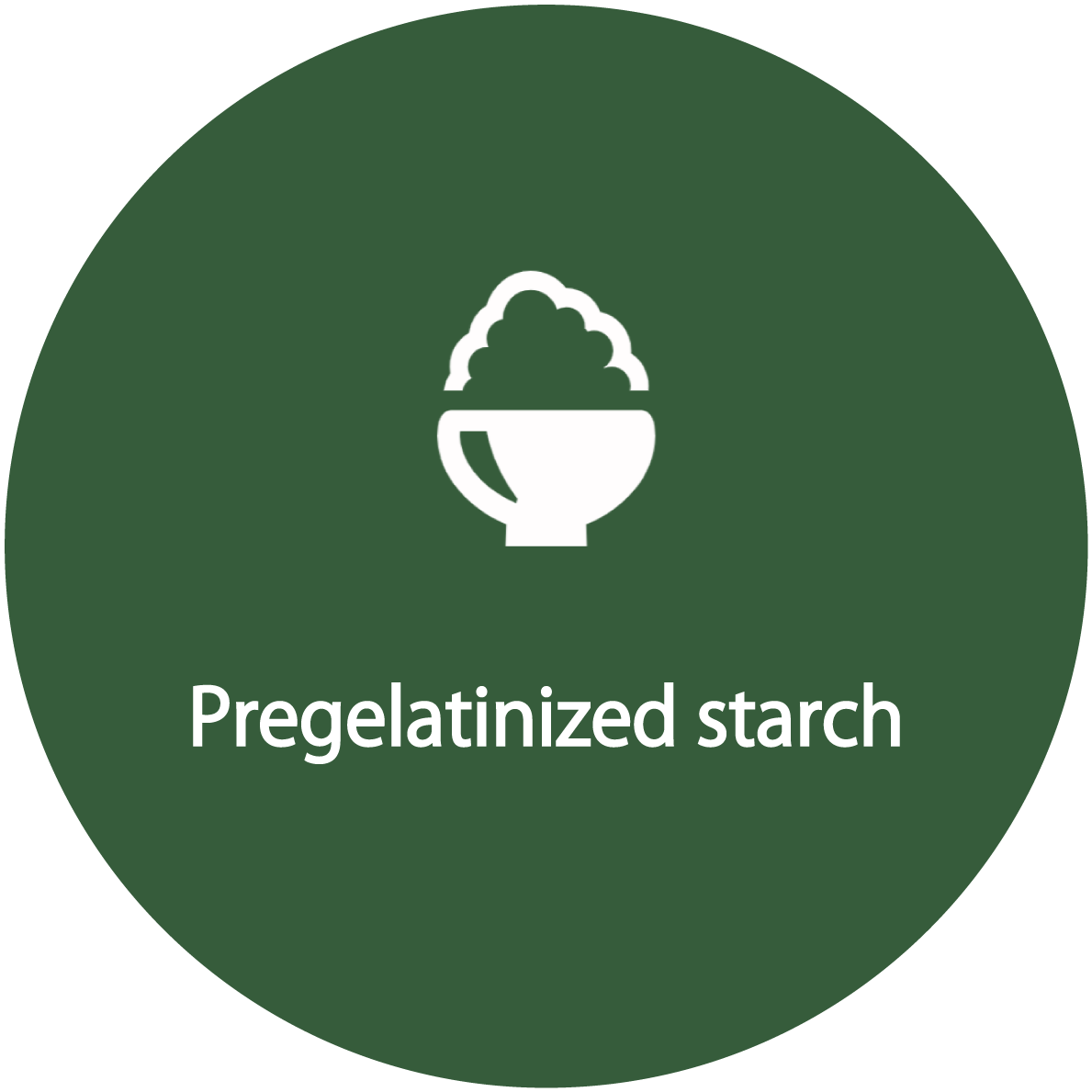
Some grains have a strong scum (lye) or gruel.
Most of these can be leached out by exposure to water. The “water absorption process” prior to steaming removes water-soluble scum and bitterness and enhances the “sweetness” of the grain.
Most of these can be leached out by exposure to water. The “water absorption process” prior to steaming removes water-soluble scum and bitterness and enhances the “sweetness” of the grain.
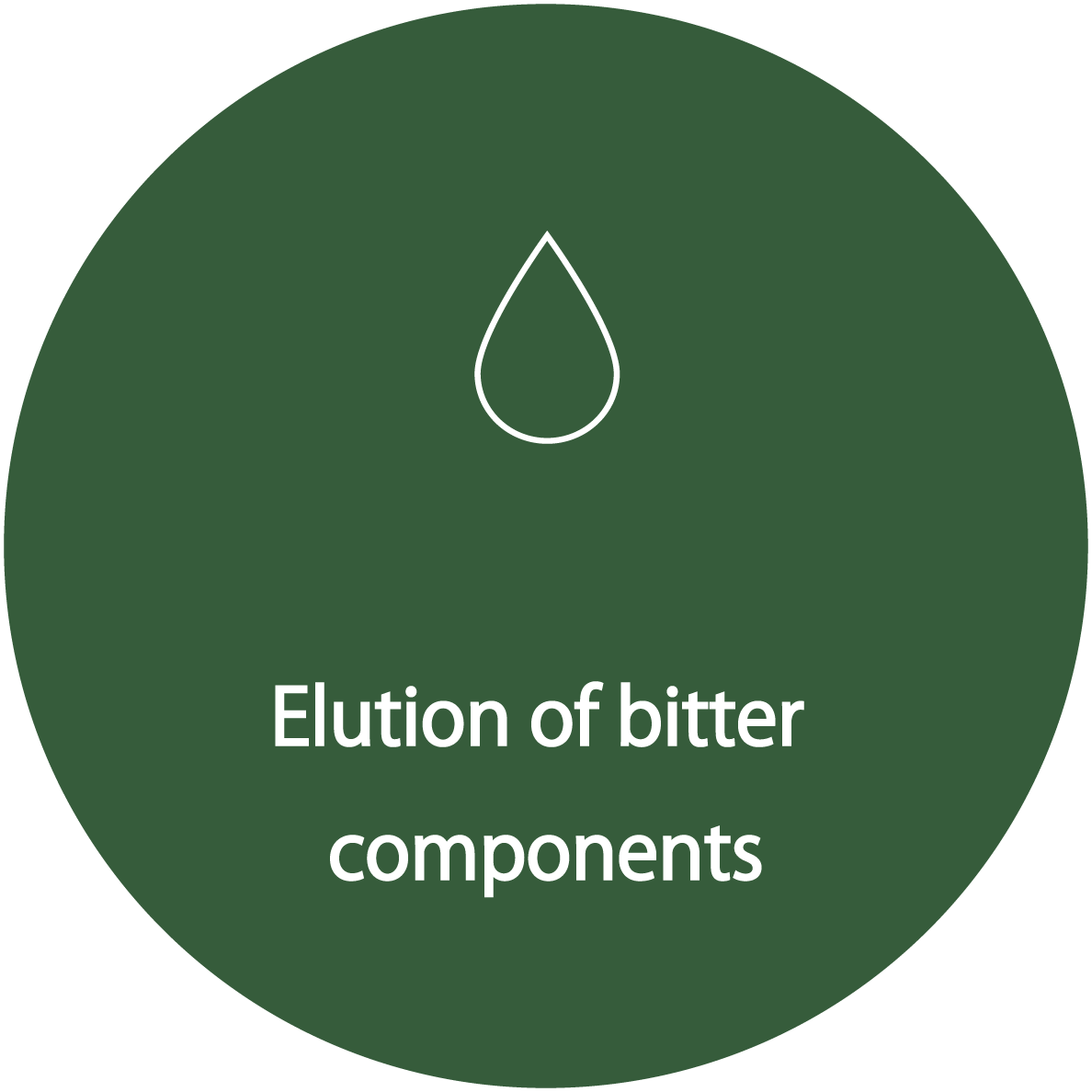
Flow of steaming and drying process
STEP 01
Soaking process
By soaking the raw material in water and allowing it to absorb water,
it is easier for the material to swell during roasting.
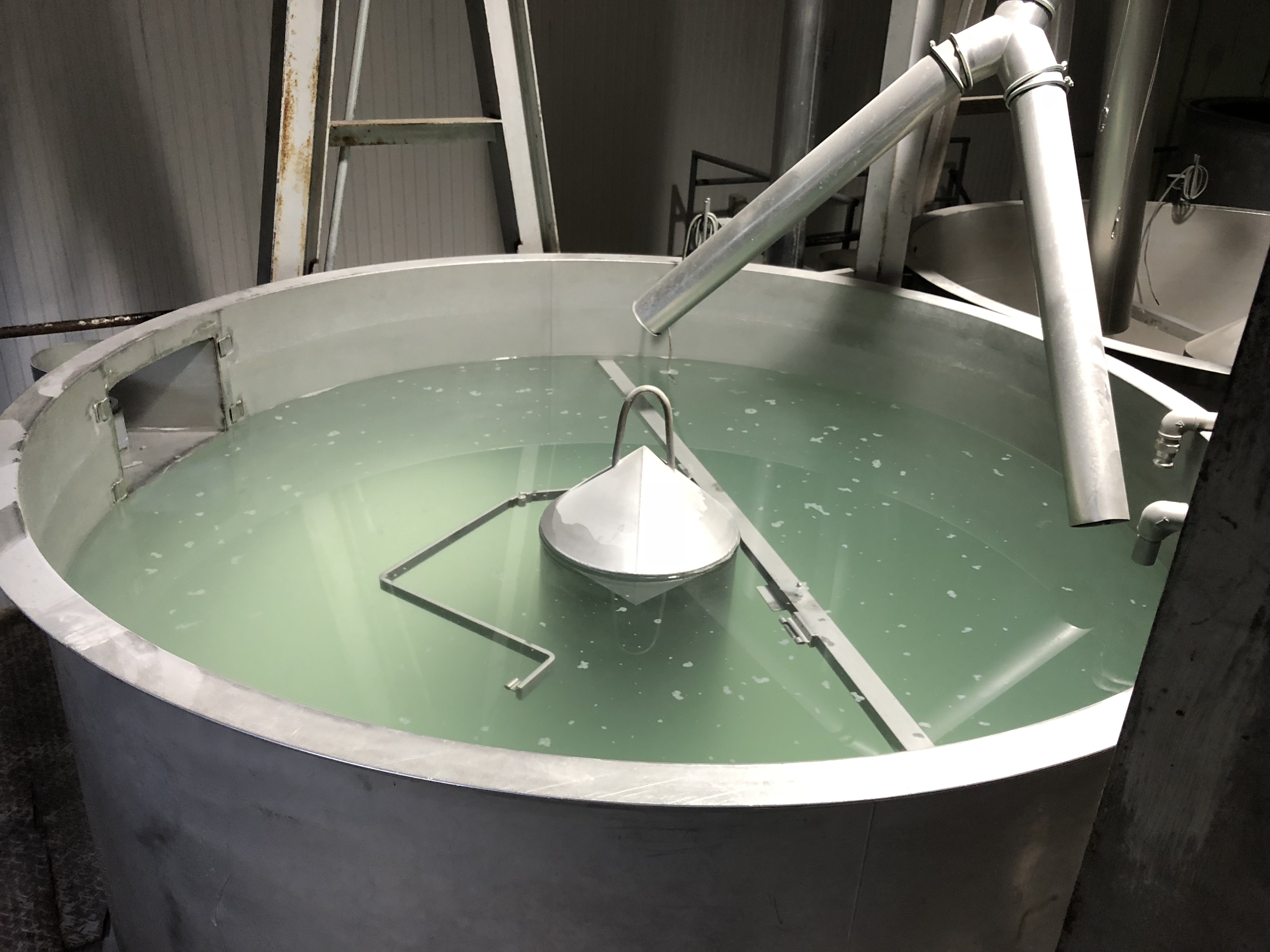
STEP 02
Steaming process
The soaked material is subjected to heated steam to α-alpha-ize the starch.
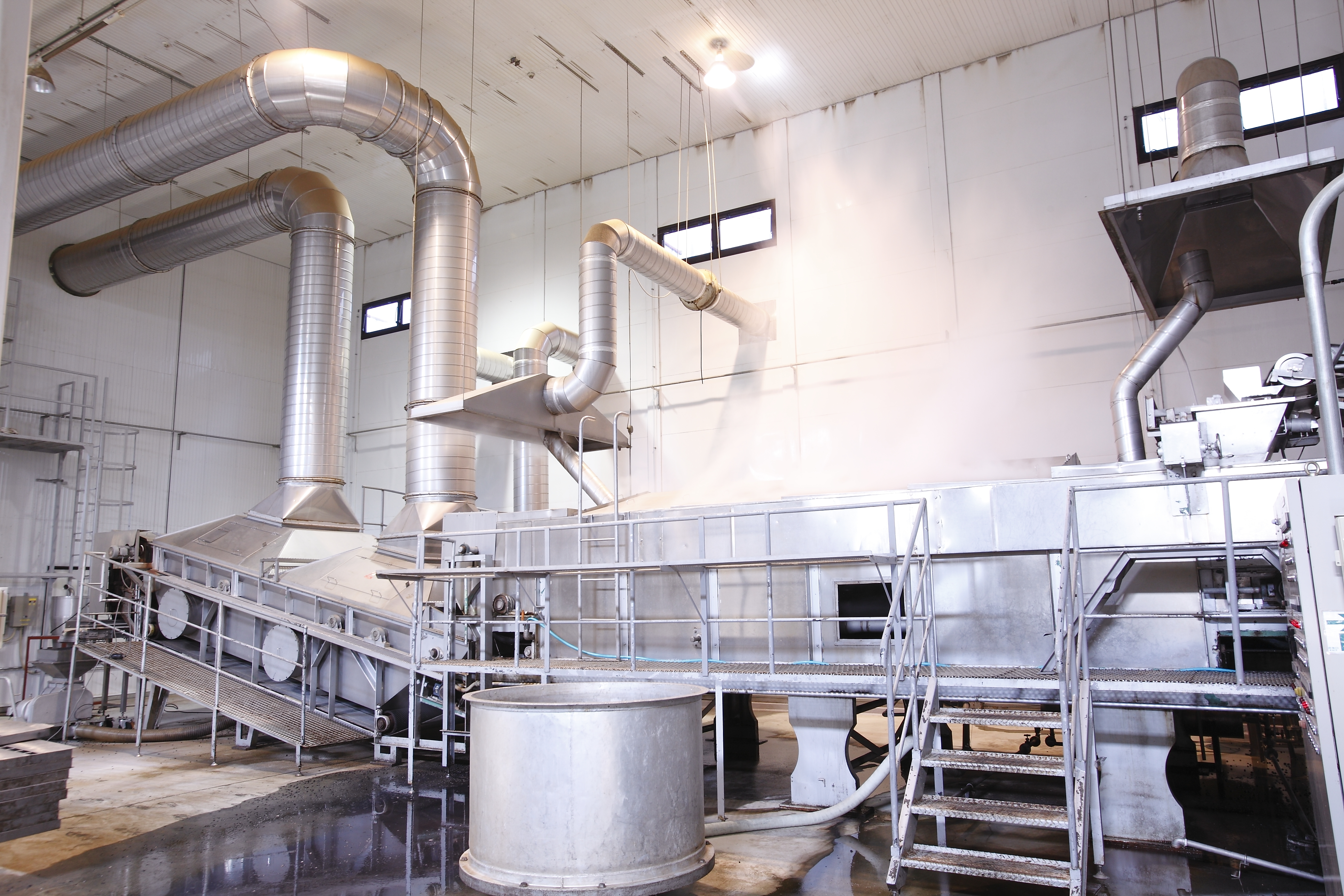
STEP 03
Drying process
To reduce moisture levels, dry with hot air.
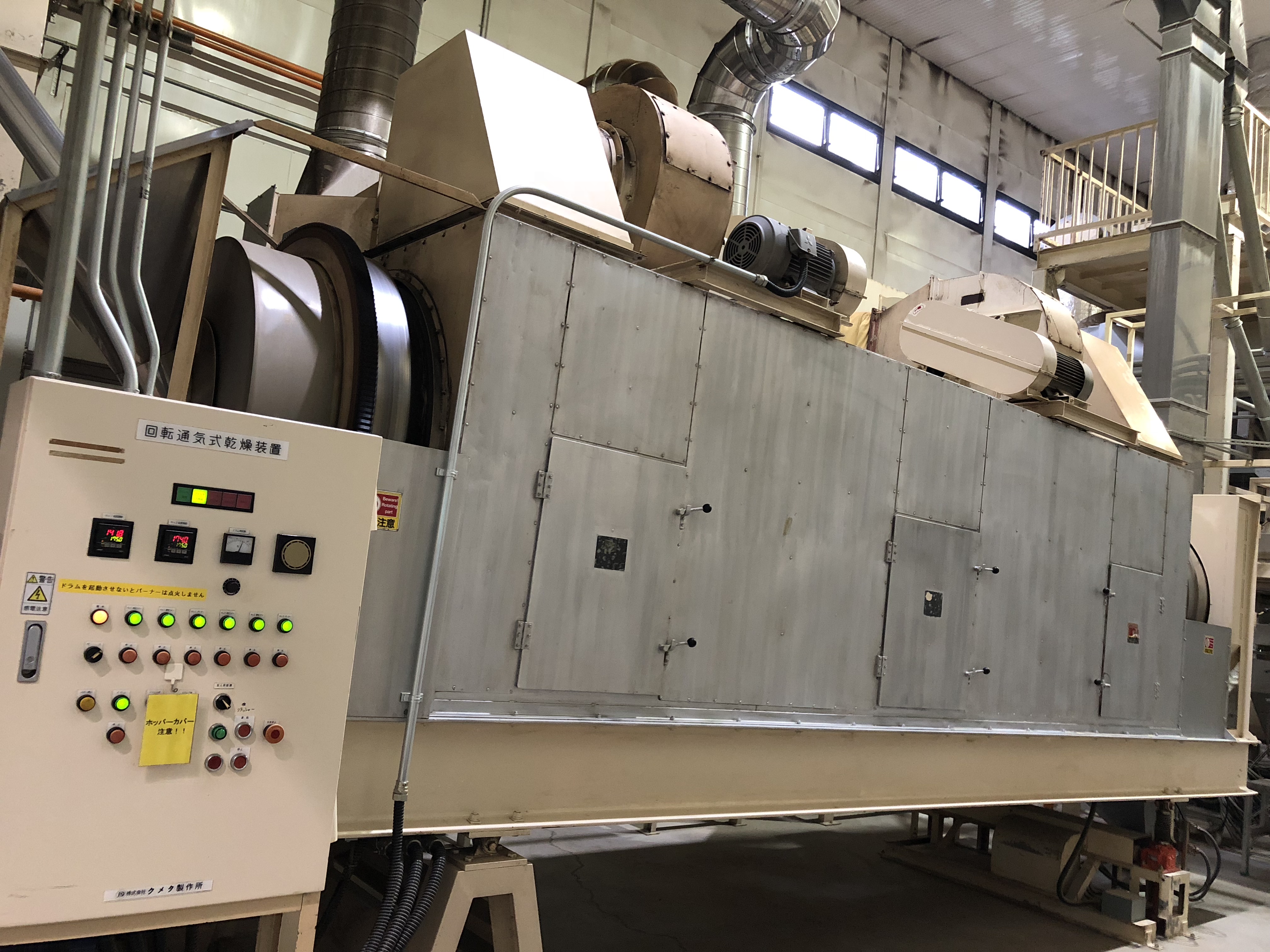
STEP 04
Cooling process
The product temperature raised in the drying process is lowered in a cooler.
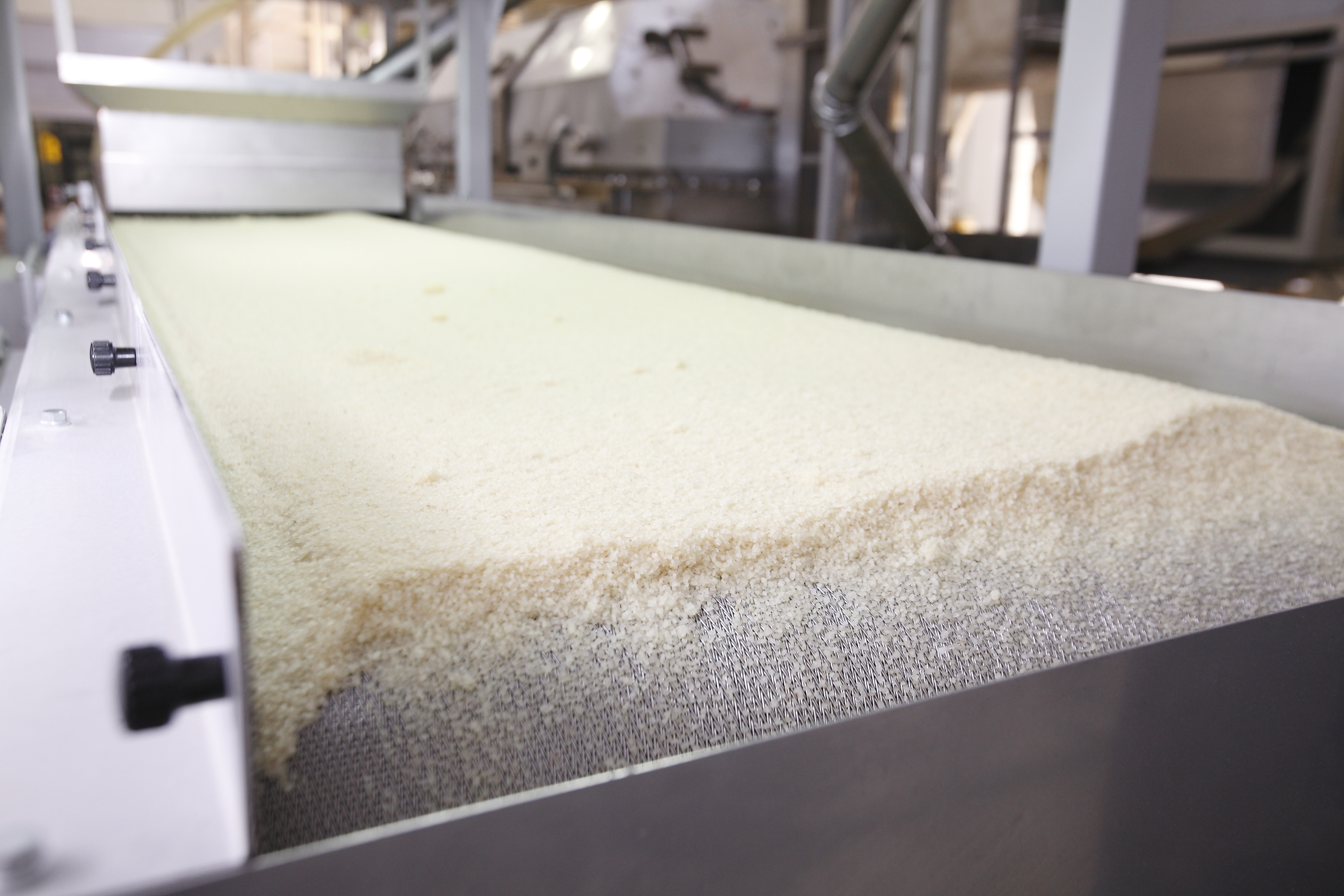
STEP 05
custody
It is filled into final flexible container bags and stored until it is used in the roasting line.
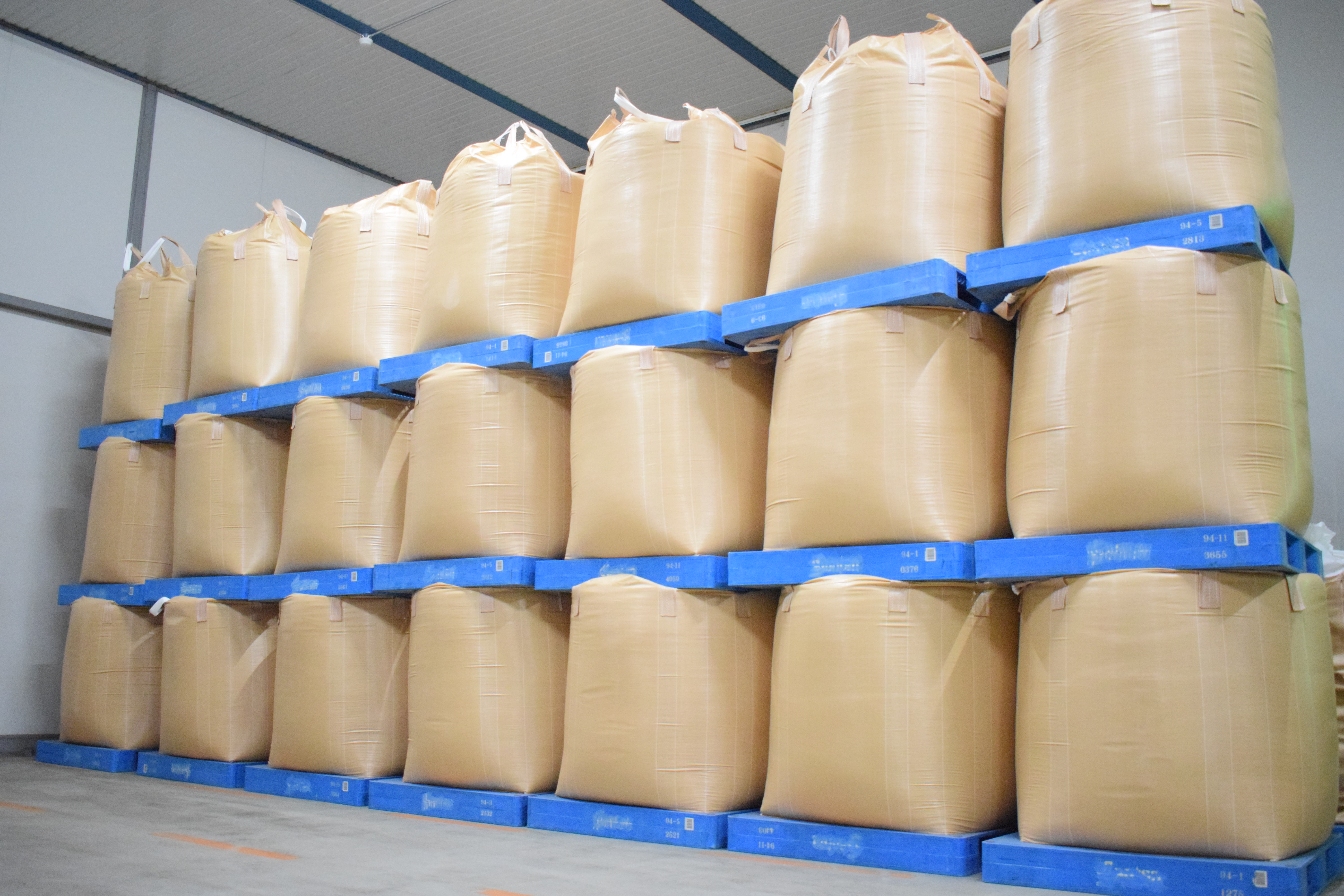
About the steaming machine owned by our company
There are several types of steaming machines and they vary in size. Because of the time and labor required for wastewater treatment,few companies own steaming machines.
In addition, when multiple ingredients are used, as is the case with our company, cleaning is time-consuming each time the ingredients are switched,
so the number of companies that provide contract processing is even smaller.
We own two large horizontal type steaming machines, which are used for soaking, steaming, and drying various grains, mainly rice.
We can also steam and dry large, hard grains such as corn.
Steaming Machine Features
1. Uniform steaming and heating
By laying the material on the conveyor in a uniform thickness
and moving it horizontally,the steam can be applied evenly to the material.
2. High production throughput
We own two large horizontal type steaming machines,
each of which can process 20~30 tons per day.
3. Adjustable steaming time
Steaming time can be adjusted by adjusting the conveyor speed.
By laying the material on the conveyor in a uniform thickness
and moving it horizontally,the steam can be applied evenly to the material.
2. High production throughput
We own two large horizontal type steaming machines,
each of which can process 20~30 tons per day.
3. Adjustable steaming time
Steaming time can be adjusted by adjusting the conveyor speed.
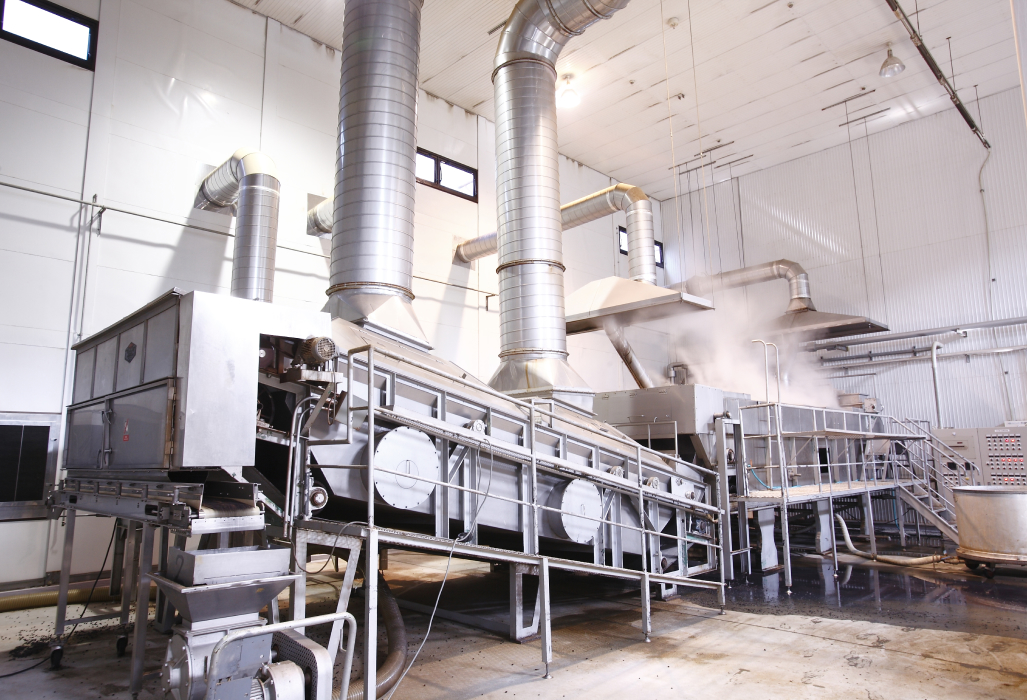
List of Processing Examples
Alpha-germinated brown rice
Normal germinated brown rice needs to be soaked for a long time, but this product is processed so that it can be easily cooked in a rice cooker without washing or soaking the rice. This product has less odor characteristic of germinated brown rice.
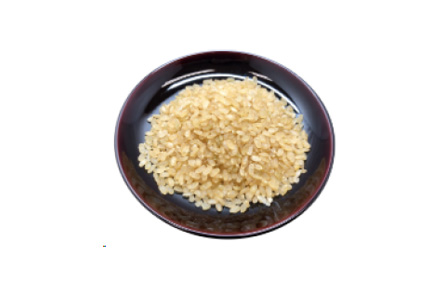
Roasted adzuki beans
Azuki beans are soaked, drained, and then roasted. Because of the soaking and heating process, azuki beans can be cooked without the soaking process. This simplifies the process of cooking sekihan and simplifies the process of making anko (red bean paste).
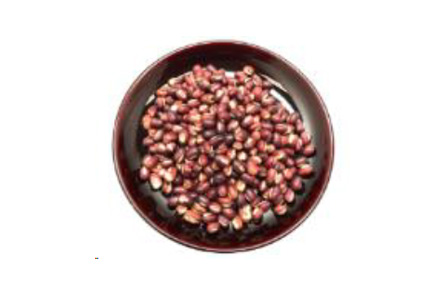
Pearl barley powder
Peeled pearl barley are processed into powder using an airflow grinder after alpha-izing. What makes it different from ordinary grain flours is that the heat treatment “enables microorganism control” and “brings out the sweetness of the pearl barley”.
